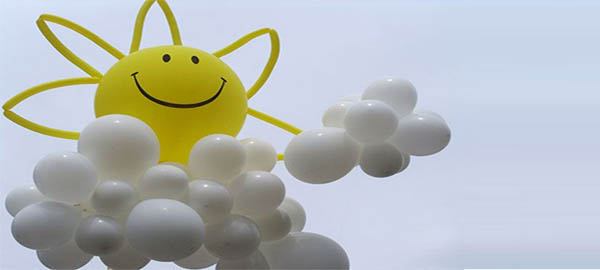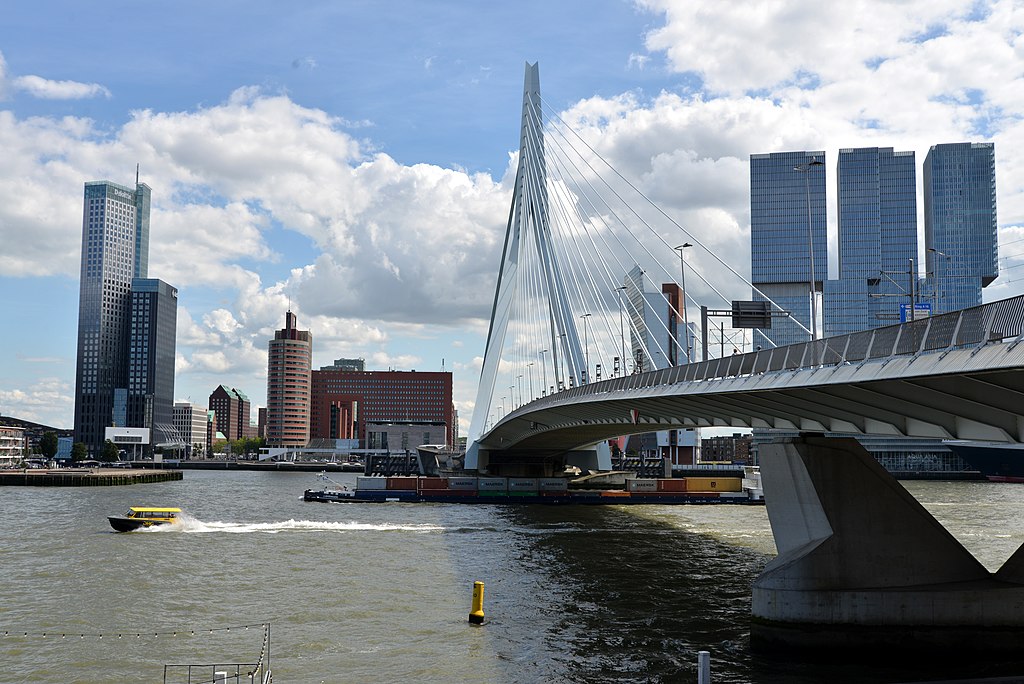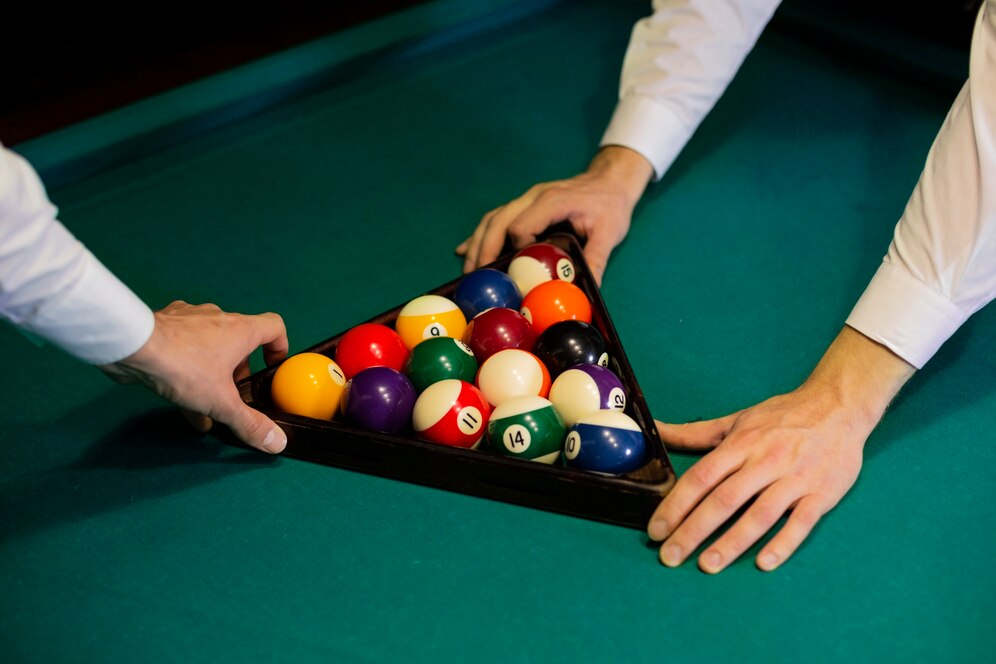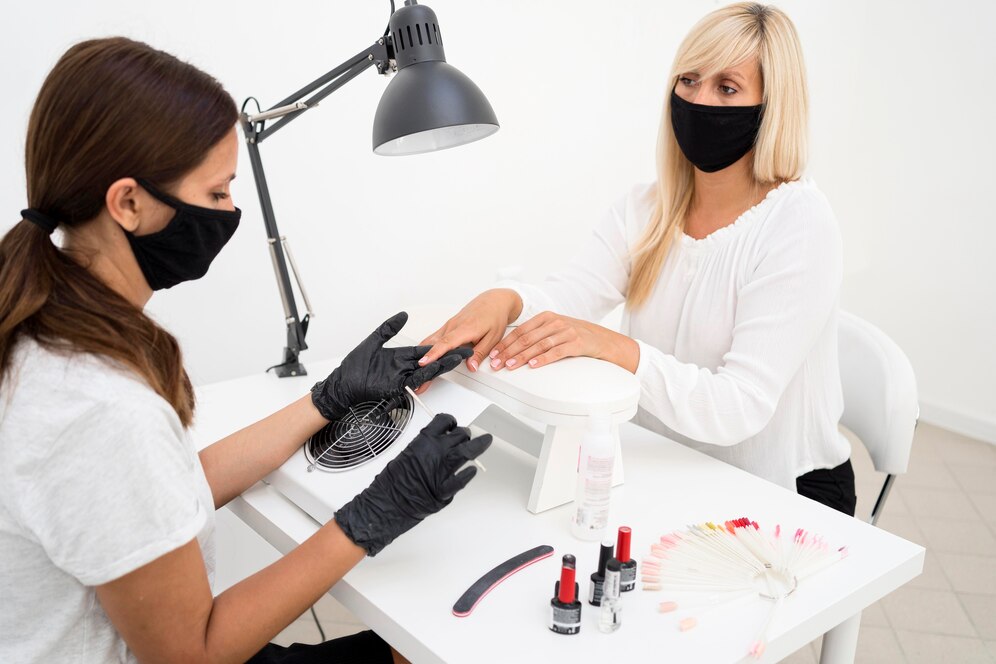
14 Tips to keep balloons last longer in warm weather
by Rotterdam Balloon Company, 2018-08-03
Table of Contents
- Preferably no latex balloons
- Do not fully inflate balloons
- Use larger balloons
- Fill with warm air
- Do not use helium balloons
- Hi-Float not working
- Bring the balloons inside in the evening
- Use light colored balloons
- Do not use dark colored balloons
- Balloons are more likely to leak in extreme heat
- Do not use water
- Foil balloons
- Use a frame
- The first hour is the most important
Disclaimer: We receive a small commission from some of the links on this page.
Preferably no latex balloons
Avoid using latex balloons if possible. After a few days outside, we have seen that balloons completely disintegrate when touched.
Do not fully inflate balloons
Do not fully inflate the balloons so that they can expand when they warm up. Experience shows that the best way is to fill the balloon a little more than desired and then let some air out until the desired size is reached. This helps the balloon breathe and expand more easily, and it is not as brittle. Inflating less hard works somewhat if you first blow your balloon a little bigger.
Use larger balloons
Use balloons 2 sizes larger than you would normally use.
Fill with warm air
Filling the balloons with the same air temperature as they will be placed outside helps the balloons retain their shape better.
Do not use helium balloons
Helium does not work well outside in the heat. (For starters, Helium is thinner than air and the heat causes the helium molecules to expand more, making the helium even thinner. The heat makes the helium molecules move and will eventually cause the balloon to pop)
Hi-Float not working
Although Hi-Float is used to make the balloons float longer, it is not really intended for outdoor use. If you want to let the balloons float outside for longer, it is better to replace the balloons eventually. Of course, include this in your budget.
Bring the balloons inside in the evening
Balloons won't make it until the next morning. The cold air at night makes the balloons shrink and when the sun warms the balloons again the next day, the balloons expand again and one balloon after another will pop. This can be prevented by simply bringing the balloons indoors in the evening.
Use light colored balloons
Use as many light colored balloons as possible (preferably white). White reflects sunlight and the balloon fades less.
Do not use dark colored balloons
Avoid using dark colored balloons. Dark balloons absorb heat, causing them to burst faster. If you still want dark colors in the decoration, use ribbons in a dark color to accentuate.
Balloons are more likely to leak in extreme heat
Please note that in extreme heat the balloons are more likely to leak. So in temperatures close to 35 degrees, the helium will escape from the balloon more quickly, which significantly reduces the float time. If possible, try to place the balloons in the shade to slow down this process somewhat.
Do not use water
Do not use water to cool the balloons. The water actually dries out the balloon so that the balloon also becomes a bit sticky. The balloons stick together and then pop faster as they expand due to the heat.
Foil balloons
Foil balloons last longer outside than latex balloons. Do not inflate the foil balloons all the way to the limit, but leave a little room for expansion and contraction. The disadvantage is that in the sun the foil loses its color or shine. At the end of the day you will see a clear difference.

Use a frame
If possible, use a frame to give the balloon decoration structure that can withstand the wind and heat. This could be applied, for example, to helium-filled balloons that eventually lose their buoyancy in the heat.
The first hour is the most important
Experience shows that when balloons burst in the heat and sun, they do so in the first hour after exposure to the heat. This is of course no guarantee, but it gives you a good idea of whether the balloons will last. So start on time.
Tags
Click on a tag for an overview of articles with the same topic.
Comments 0
 Rotterdam Balloon Company
Rotterdam Balloon Company










